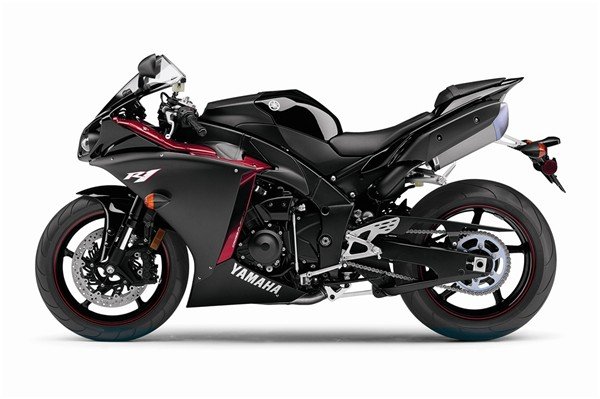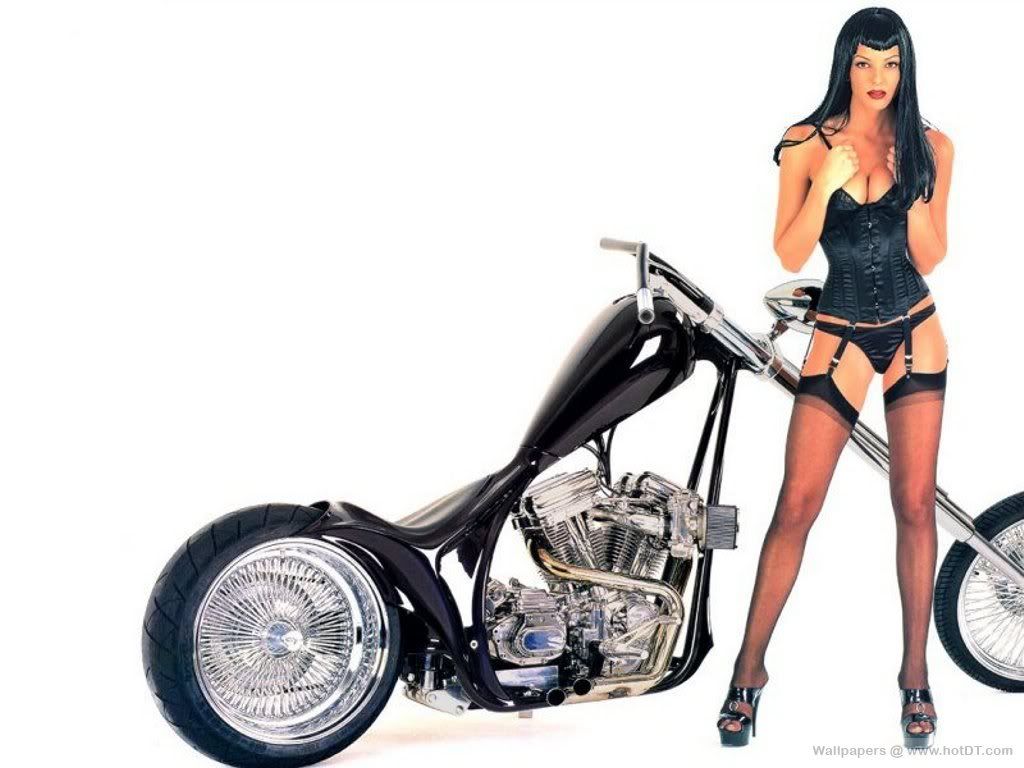|
|
|---|
Sunday, May 30, 2010
THE DESMOSEDICI GP9 MONOCOQUE CARBON FIBRE FRAME:
 :
:The most significant innovation of the DUCATI DESMOSEDICI GP9 is the monocoque
frame in carbon fibre composite.
The technical selection of this type of frame is the next step in the advancement
of the bike that has undergone previous major developments in its GP3 and GP7
versions.
The concept of the engine casing has been the guideline of the DESMOSEDICI
project. The objective is to create a chassis set-up in which each element
carries out a specific function, to obtain the desired rigidity with as little
weight as possible, thus attaining maximum efficiency.
The engine, the main frame, the rear sub-frame, the rear suspension system
(comprising swing-arm and linkage) and the front suspension system are the main
components of the bike.
The basic idea is to abandon the classic concept of the chassis as the element
that connects all other elements, in favour of a design in which the engine is
the central element to which the main frame, rear sub-frame and rear suspension
system are individually connected.
The GP3 was unique in having a rear swing-arm that was attached solely to the
engine. In particular both the swing-arm pivot and the suspension linkages were
connected directly to the engine without any attachment to the main frame.
The GP7 featured a main frame that was totally detached from the rear sub-frame.
Basically the engine was the central element of the bike. The main frame was used
as link between the engine and the steering head. The rear sub-frame linked the
engine to the seat and to the footpegs and controls. The two frames, main and
rear sub-frame, that were still linked to each other on the GP3, were now only
attached to the engine on the GP7, meaning that they were smaller and lighter.

 They are freely available both on the
They are freely available both on theteams websites, and on many other news websites (though some make the effort to
turn the press release into a story, and others state baldly that the information
is just a press release). But sometimes, we are sent a press release that we are
sure our readers would be interested in as well.
One such release landed in our inbox this morning: A background story from Ducati
explaining a little bit about the Desmosedici GP9's carbon fiber monocoque
chassis, and some of the design decisions which lay behind it. We hope you enjoy
it:
On the GP9 the main frame is formed to connect the engine to the steering head.
The main frame now also incorporates the air-box in one single construction. This
monocoque construction allows the air-box to function efficiently within the main
frame.
Choosing to utilise the carbon fibre composite technology to create the frame
means that, on the one hand, one can mould the piece into the desired form
without incurring enormous equipment costs and, on the other hand, varying levels
of rigidity and torsional characteristics can be attained simply by altering the
type, the number and the directional orientation of the carbon fibres, using the
same equipment.
In testing carried out up until now the GP9 guarantees greater precision and
stability in breaking and on entering corners. however, that only by
using it to race on the various world circuits will we be able to properly
evaluate the potential of this technical solution. Employing the said technical
solution in competition at the maximum level is the only way to effectively
assess it in all its aspects.
Labels: Ducati Gp9.
Subscribe to:
Post Comments (Atom)






















0 comments:
Post a Comment